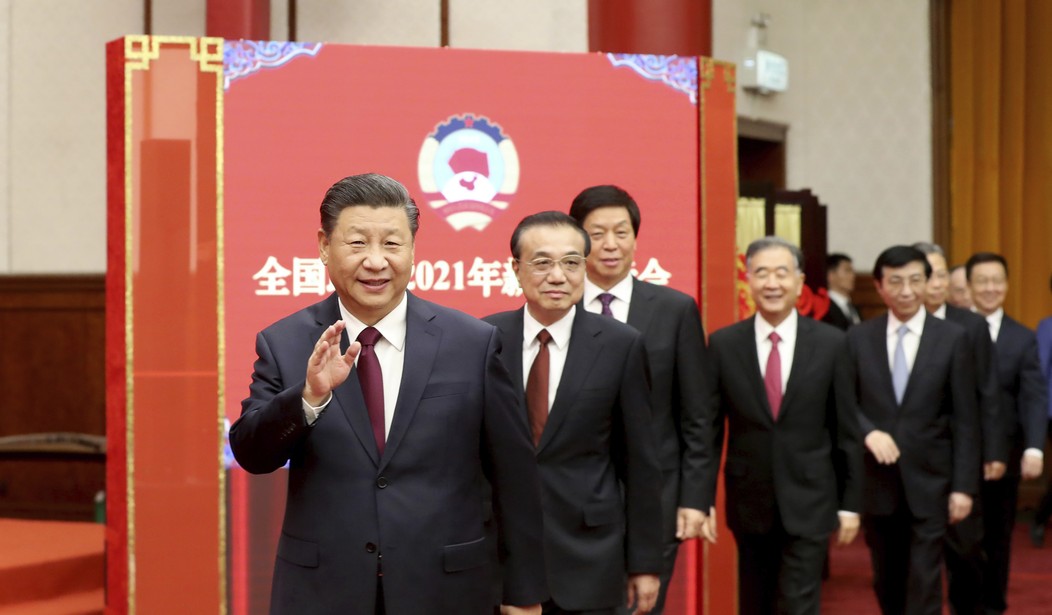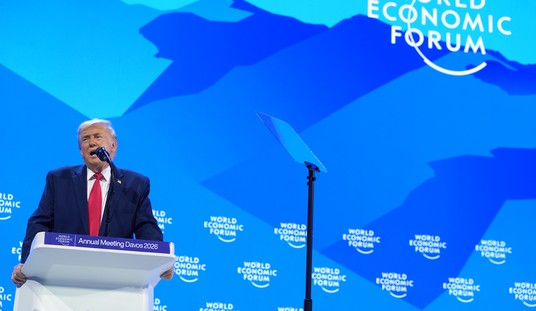Beginning back in 1980, China imposed a “one-child policy” on families in an effort to control population growth and supposedly make more resources available for every citizen. The results of that type of state control over human biology were catastrophic on a number of levels, not least of which was the millions of forced abortions that ensued. But there were other issues as well. The country has been facing what the government admits is a “demographic crisis” that threatens to undermine the economy and the nation’s stability. As a result, they “generously” expanded the rules in 2015 to allow families to have two children. That didn’t come close to addressing the underlying issues, and now China has changed gears yet again, allowing families to have a third child. (Associated Press)
China will now allow couples to legally have a third child as it seeks to hold off a demographic crisis that could threaten its hopes of increased prosperity and global influence.
The ceremonial legislature on Friday amended the Population and Family Planning Law as part of a decades-long effort by the ruling Communist Party to dictate the size of families in keeping with political directives. It comes just six years after the last change.
From the 1980s, China strictly limited most couples to one child, a policy enforced with threats of fines or loss of jobs, leading to abuses including forced abortions.
As with many other industrial nations, the Chinese have been below the “replacement rate” in terms of population growth for quite a while now. While this was a problem of their own doing, it’s long been obvious that there were not going to be enough young, working people to meet the needs of their burgeoning elderly population. Compounding the crisis was the tendency for families to select children based on gender, with most preferring to have sons. This led to untold abortions of baby girls and a population where males far outnumber females. None of this is good for the nation in the long run.
Now the Chinese are scrambling to make larger families more attractive. The government has approved additional funding for parental leave and childcare resources. But it may be too late. They’ve preached to their people for so long about how important it was to limit births and “conserve resources,” that it’s become part of their culture. The number of young women choosing to have no children and continue working has been steadily rising. Knowing the tendencies of the Chinese Communist Party, how long will it be before we see forced impregnations? Don’t laugh… they could and very well might do it.
China isn’t alone in wrestling with these issues, however. Many other countries, including the United States, have stalled in population growth and birth rates. As life expectancy remains far higher than it was a few generations ago, the working-age population continues to shrink as compared to the retired senior citizens they have to support. We’re seeing these debates play out in America, though the specific arguments coming from liberals and conservatives take on quite different flavors in most cases. Matt Lews has an interesting column out this week about the red/blue divide and reasons people are or aren’t having children
But the question of what to do about [the failure to reach a replacement-level birth rate] is being litigated in our political realm in increasingly unhealthy ways, even as birth rates are well below the replacement level of about 2.1 not just in the United States but across the developed world.
Some members of the “life of Julia” left view children as either expensive baggage (because “the United States is hell for mothers”) or a moot point (since climate change will kill us all and more people would only expedite the process). In the center are people on both sides of the aisle who want to make parenthood more affordable—a shift that might (on the margins) help increase birth rates.
Meanwhile, some on the right are so pro-natalist that they are on the verge of shaming families that don’t procreate enough to field a baseball team each (never mind whether those people want kids or even can have them).
Matt covers the politicization of the argument on both sides of the aisle and I’ll be the first to admit that I see some of that in political commentary on a regular basis. Nihilist liberals sometimes refer to children as an expensive burden and bemoan what the “population bomb” is doing to the climate. Conservatives are accused of pushing for “panic pregnancies” to stave off the day when whites are no longer the majority of citizens in the country.
All of these arguments are indeed taking place, with various levels of merit to be found in each. But the underlying realities are based on little more than math and they present a daunting challenge. We already have billions more people on the planet than we could feed if our technology collapsed entirely. And the demand (and competition) for resources will only increase as long as the total population keeps growing.
But on the other side of the coin, a failure to produce more young people to care for the elderly as life spans increase or remain high sets the stage for a different but equally calamitous disaster. It does seem at times as if we’re in a damned if you do, damned if you don’t situation. One serious setback on either side could produce a rapid population collapse, which some people, particularly on the left, view as a good thing. But it could come as a result of famine and wars on an apocalyptic scale. A gradual drop in the population doesn’t seem possible because of the “young vs old” productivity issue. No matter which view you take, we need some smart people working on this problem and a more serious approach to workable solutions, assuming such exist.








Join the conversation as a VIP Member